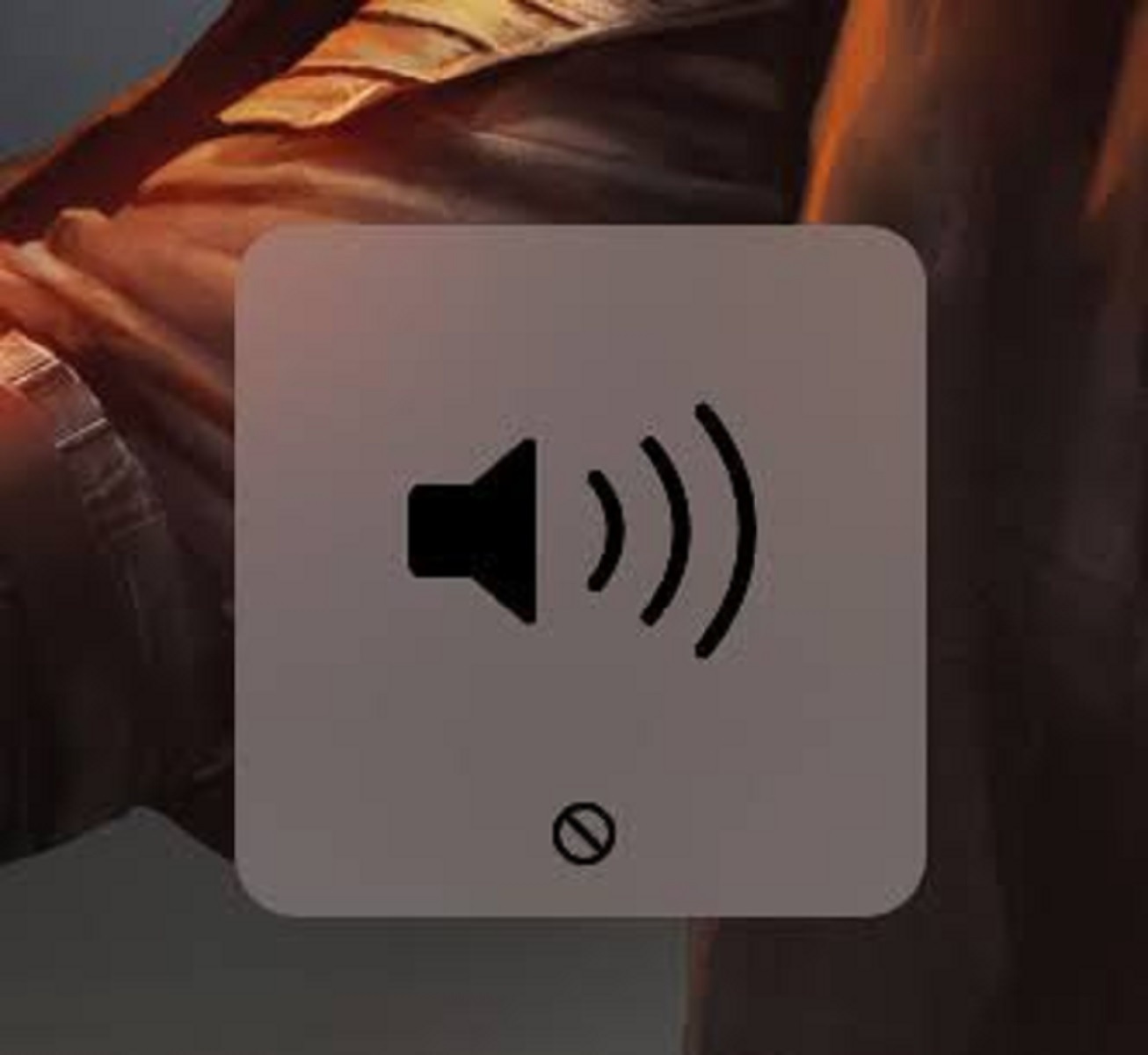A few users that update to macOS 12 Monterey notice their sound not working on their Mac. And there is no sound from internal speakers. Sometimes when you press the volume controls, they appeared to be greyed out, or there is a red light beside the headphone jack. Fortunately, this Mac sound missing issue sometimes is simple to fix.
Let’s go through the most common macOS Big Sur audio problems. And show you how little changes with settings can sort everything out.
Also Read: 10 troubleshooting steps everyone should follow in case of no sound / no audio from Mac
Contents:
- Audio features not working
- Safari sound not working at all
- Static problem
- Mac won’t be working with headphones/speakers
- macOS Updates
- Sound cuts
- Conclusion
Now, let’s discuss these above points in detail
Audio features not working
In case, you get no sound at all from the speakers that you were using before the upgrade. It doesn’t matter what video or app you are using, the sound isn’t working. By now, you have tried to adjust volume controls, unplugged and replugged speakers, and tried to play media on a different device, but nothing seems to work.
When MacOS first boots up, it sometimes does strange things when assigning speaker outputs, which can lead to radio silence.
To fix this.
- Go to your System Preferences in the Apple Menu,
- Look for the Sound icon.
- Inside the Sound settings, you will see an Output tab.
- In this tab, you should see options for choosing a sound device. Try setting the sound to Internal Speakers.
- While you are at it, take a look at the volume bar below and make sure that your output volume is turned up and Mute is unchecked.
‘‘This should restore audio to your native Mac speakers”.
Also Read: Mac keeps Freezing After Installing macOS Monterey? Try These Fixes.
2. Safari sound not working at all
If your tests have revealed that sound problems are primarily located in Safari, this may be another settings problem. In this case, the sound will probably work in other browsers like Chrome but not in Safari.
This problem is typically caused by a strange configuration change that MacOS applies to sound output if you have certain software loaded onto your Mac. If you visit System Preferences > Sound, you can check on your Output option, which will likely list several device options for audio output. If one of those options is SoundFlower or something similarly unusual, then that’s a sign that MacOS might be using the wrong sound output. Switch the output to Internal Speakers or another speaker device of your choice, then try Safari again. The problem should have been resolved.
3. Static Problem
Are you hearing random crackling, popping, or other annoying static-like noises coming from your speakers ever since downloading macOS? If you are using external speakers, check their connections and try them on another device, like a smartphone, to make sure it isn’t the wiring. If the problem seems to be MacOS, then:
- Open Settings
- Go to System Preferences and look for the Sound icon, which looks like a speaker cone.
- Under the Sound Effects section, you’ll see a list of effects, followed by several additional settings.
- You’ll find a box labeled Play Feedback When Volume is Changed about two-thirds down.
- Toggle the box to the off position if it isn’t already and then activate it again.
- If that doesn’t help, make sure you check that the output option is either Internal Speakers or any external device you’re listening on.
macOS has a reputation for being finicky when it comes to BlueTooth devices. Some devices pair with no issue and some don’t at all. Static results from being stuck in the middle ground. You have a connected, paired device, but the audio quality is awful.
Sometimes it’s just a matter of turning off both your Mac and the Bluetooth device, then restarting them both to wipe the static slate clean. You can also delete your Bluetooth connection under BlueTooth settings in System Preferences and then pair the device again as if it were new.
Some devices won’t work with macOS. You can test to see if the issue is with the age of the Bluetooth device you’re using by seeing if you can successfully connect a newer Bluetooth device to your Mac. If there’s no problem with the new device, you might need to upgrade your system.
Also Read: Bluetooth devices disconnecting on Mac? Here’s how to fix it
4. Mac won’t be working with headphones/speakers
If you have an external speaker or headphones plugged into your Mac that has stopped working, try these steps:
- Unplug the speaker/headphones: Try connecting it to another device, such as an iPod touch or iPhone to see if it works.
- Plug it back in: Sometimes all it takes is to unplug and plugin again to get things working.
- Check the headphone jack for a red light: There may be something blocking the port, a bit of fluff or dust. Try blowing into the port to see if you can dislodge whatever it is.
- Check the volume level of your speaker or headphones. Sometimes there are volume controls on the speakers themselves. You may find that they are turned right down, or even switched off.
- Check your ports: Disconnect everything that is plugged into your Mac.
- Restart the Mac: Sometimes the process of restarting your Mac can solve an issue like this.
- Restart the sound controller: Open Activity Monitor locate ‘CoreAudio’ in the list of processes, select it and click on the X to quit that process. The process will restart straight away and in doing so may fix your problem.
- Update your software: Check you are running the latest version of the Mac operating system available for your Mac.
- Try Apple: If you are having problems with non-Apple headphones, try using Apple-branded headphones to see if they work.
- If none of these solve the problem you may need to visit Apple Store.
5. macOS updates
If you are a veteran MacOS or Apple user, chances are that you have had to deal with the time-consuming nature of repairing kinks that come with updating Apple apps. If you still experience MacOS sound problems, AirPlay issues, or other audio complications, make sure you install all new updates for your Mac. You might have to wait for Apple to release patches that fix these problems, but in the meantime, you can search the help topics to see if anyone has found a workaround while waiting for the patch.
6. Sound Cuts
This can be one of the most frustrating issues to experience. If MacOS is randomly cutting out the audio and then restoring it without rhyme or reason, there could be something wrong with how your computer is using memory.
First, make sure the problem can’t be narrowed down to any particular app or service. Try restarting that particular program to test it.
If the problem is shared across all audio sources, it’s time to reset your parameter random-access memory (PRAM), which MacOS uses to retrieve basic settings for your Mac and connected devices.
- Begin by restarting your Mac.
- When your computer is about ready to pull up the black loading screen, press the Option + Command + P + R keys simultaneously.
- Keep holding those four keys down until you hear the second startup sound play (on older Macs) or until you see the Apple logo appear and disappear for the second time (on newer Macs). This lets you know that your PRAM has been fully reset.
Keep in mind that a PRAM reset may also change some of your other settings in addition to rebooting your sound. You may need to spend some time in System Preferences reconfiguring to reset any of the customized settings you had before.
Also Read: Is AirPlay Not Working On macOS Monterey? Try These Fixes
Conclusion
In this article, we’ve discussed how to fix the sound not working issue in macOS Monterey. We hope this article is helpful for you. In case of any query, feel free to contact us through the comments section.







































